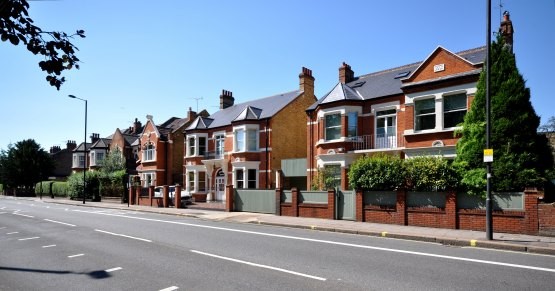FAQ's: Let Property Insurance
Posted 26/10/2016
With the number of first time landlords on the rise, it has
never been so important to make sure you are fully covered.
There are a number of risks when buying a property to be let
and here at Drayton Insurance we hear a range of different concerns from
landlords every day. Therefore, we have compiled this handy guide answering a
range of questions you may have as a landlord and (hopefully!) making the
insurance side of things a little bit more simple.
What is covered under
Buildings?
-
Simply, it
covers all the bricks and mortar together with anything which is fixed and
bolted to the building such as a fitted kitchen or bathroom together with any
outbuildings including garages, sheds, fences and walls.
What is the Sum
Insured?
-
The Sum
Insured is what you have confirmed to the insurer that in the event of a total
loss is the amount it would cost to rebuild the property. This is why we will
ask from you what the rebuild value of
the property is. This includes clearance fees, costs of submitting planning
permission, any architect or solicitor fees, to the first brick and the last
tile on the roof.
-
Index
Linking is applied at renewal by insurers to the Building Sum Insured. This
increases the Building Sum Insured by a calculated percentage to coincide with
costs such as inflation and material increases. This is there to lower the risk
of your property becoming underinsured. If it is found that your Building Sum
Insured is not adequate and it less than what is required, the insurers will
deduction the percentage you are underinsured by to the claim total.
What is classed as
Contents?
-
If you
were to pick up your property and shake it, whatever was to move around would
be contents, this includes carpets, curtains and white goods. However, this
only covers the contents you leave in there as a Landlords and the tenants
would have to arrange separate cover for their own contents.
-
If you own
a leasehold flat, typically you would only need to cover for contents as the
Buildings Insurance would be arranged by the freeholder, part of the costs you
pay towards with your Service Charge.
What Is Loss of Rent?
-
This
provides cover for loss of rent or
the costs of alternative accommodation of a tenant in the event of an insured
peril such as Fire, Flood or Escape of Water making the property inhabitable
until it is fit to be occupied again.
-
It does not cover tenants defaulting on
their rent, this is not considered an insured peril. There are Rent Guarantee
policies however that would cover this eventuality.
Why is Property
Owners Liability so important?
-
This
provides cover for any Third Party Property Damage or Injury (including the
Tenant) of which you are found negligent for, whether as a freeholder or
leaseholder. However, It is up to the
claimant to prove your negligence not
for you to prove your innocence.
What happens if my
property becomes vacant?
-
When a
property become vacant, cover is restricted to Fire, Lightning, Earthquake,
Explosion and Aircraft until it is occupied with a replacement tenant. A Property
is deemed unoccupied once it has been vacant for a set number of consecutive
days, this varies from insurer to insurer but is typically anything from 30 to
90 days.
We hope we’ve answered any questions you had. However, as one
of the Eastern Landlords Associations’ recommended brokers, we have a dedicated
Landlords team on hand to help. Please give our team a call today on 01603 954054. Or why not tweet us? You can find us @Draytonins
Back to Latest News
Get a Quote



